Flex Appeal
If you want to buy a Honda Civic or Fit in the US, you’ll probably go on a list and pay full price. With such success you might be surprised to learn that Honda has decreased its US Fit allocation and reduced Civic production at their East Liberty Ohio plant. Honda’s also changing over one line in its Canada plant to make Civics and moved part of their Pilot production to their minivan plant in Alabama. All this shuffling seems more like three-card-Monte than modern manufacturing. But there are trade-offs. Honda is willing to trade basic efficiency for manufacturing flexibility, which keeps plants running steadily, which ultimately leads to greater efficiency.
It’s a basic fact of life that the automobile industry is always fighting against the corrosive effects of excess production capacity. Auto manufacturing doesn’t reach cost efficiency until you can run at about 80 to 85% of your capacity. Run below that level and you either need to charge premium prices (if you can) or watch underused machinery and workers kill your profit margins. The specter of idle machines and workers is so awful that Chrysler recently decided to re-introduce the reviled “sales bank”: a pool of cars built without dealer orders. (The practice is a bit like buying lottery tickets on a credit card.) One of the main reasons for the The Big Two Point Five’s collective death spiral is their need to keep moving the metal—no matter what.
Flexible manufacturing is the usual antidote for overcapacity. Automakers who can build more than one model on the same production line (preferably using the same machinery and workers) have a much greater ability to respond to variations in market demand for a given model, and keep the factory humming. All automobile manufacturers use flexible manufacturing to some extent; Europe and Asia’s fragmented markets practically require the capability.
While The Big Two Point Five’s flex-ability still lags behind the foreign competitions’, they’ve improved from the nadir of the ‘70’s to early ‘80’s, where one plant could not even build its badge-engineered “cousins.” There are two reasons for the lag: union contracts (and fixed job descriptions therein) and cost. Vehicles that can be built on standardized equipment also cost more to develop. Machinery that can produce many types of vehicles costs more than single-use equipment. The Big Two Point Five has traditionally opted for greater amounts of cheaper production capacity.
While Honda has two large US factories for their mass-market sellers, both also contain “niche” production capacity. Marysville builds most US-spec Accord sedans and all Accord Coupes and Acura TLs. The company has also converted a plant in Japan to build up to 80k more Accords to satisfy potential demand in the upper end of the home market and “take up the slack” if more TLs are required abroad. Similarly, East Liberty makes Civics, the Element and RDX (with the CRV on the way). This set-up limits the number of the Civics the factory can make. While several of Honda’s Japanese plants can pitch in, that production must “come out” of their Fit/Jazz production.
The short-term solution: shift some Pilot production onto the Odyssey plant to free one line to build Civics. The long-term fix: build another assembly plant in Indiana to increase Civic and Fit production. But that’s a couple years away. (Honda’s bigger problem is they can’t grow their capacity quickly enough to match sales increases; a problem Detroit would dearly love to face.)
All this juggling has three positive results for Honda. First, all their factories are working all the time, even if demand patterns shift. Second, they can keep their mass-market production in tune with demand. Matching supply to demand minimizes the need for margin-killing incentives and “fire sales” that knock down prices and increase depreciation (which further erodes sales and prices). Lastly, niche vehicles can be “soft launched” and take time to find their market share. It’s much less damaging to have 10k extra Civics or Pilots than 10k too many Ridgelines.
Clearly, The Big Two Point Five need to ramp-up their flexibility even further and— equally important— find a way to get the unions to ease working restrictions. More critically, they need to integrate their flexibility in ways that make market sense, building mass-market and “niche” vehicles in the same plants. Price and sales targets need to be set and stuck to. Development needs to be streamlined so that “niche” vehicles don’t need to punch above their weight.
At the same time, The Big Two Point Five needs to develop a realistic market picture. Traditionally, Detroit swings for the fences, aiming to build hot-selling blockbusters. The problem is that by aiming so high, they ensure that any failure will be self-reinforcing. It’s time to get flexible, and sell one profitable car at a time.
More by Andrew Dederer
Latest Car Reviews
Read moreLatest Product Reviews
Read moreRecent Comments
- ToolGuy If these guys opened a hotel outside Cincinnati I would go there to sleep, and to dream.
- ToolGuy Michelin's price increases mean that my relationship with them as a customer is not sustainable. 🙁
- Kwik_Shift_Pro4X I wonder if Fiat would pull off old world Italian charm full of well intentioned stereotypes.
- Chelsea I actually used to work for this guy
- SaulTigh Saw my first Cybertruck last weekend. Looked like a kit car...not an even panel to be seen.



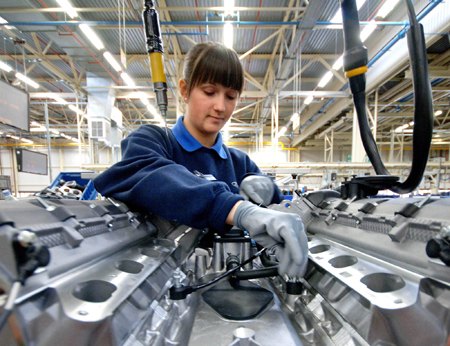













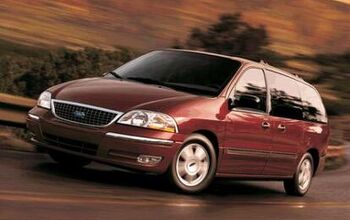
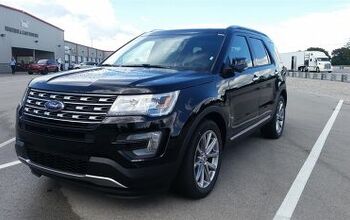
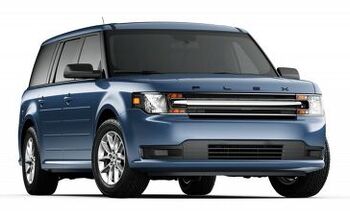
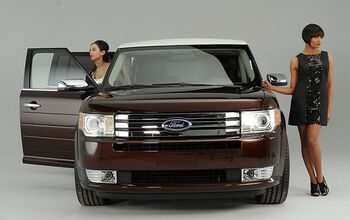
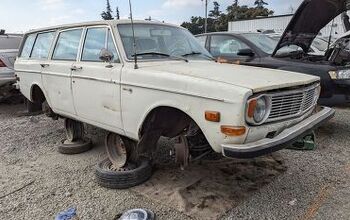
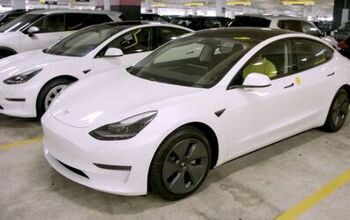
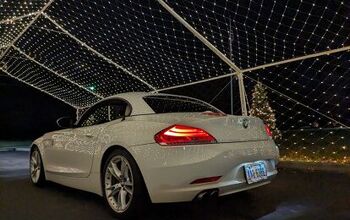
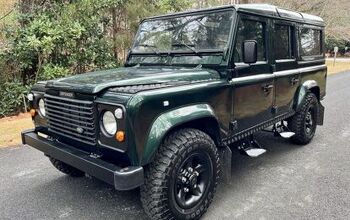
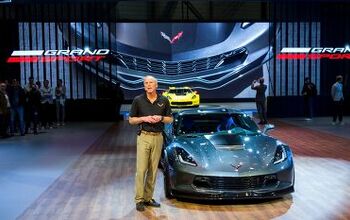
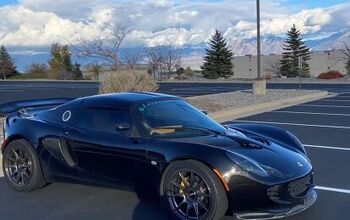
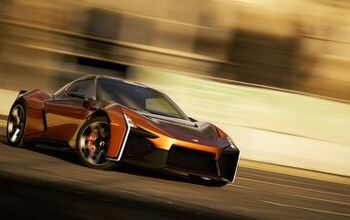


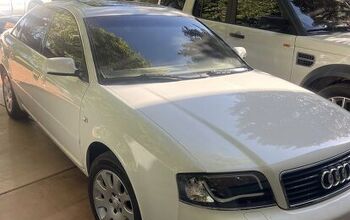
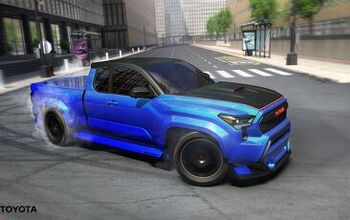
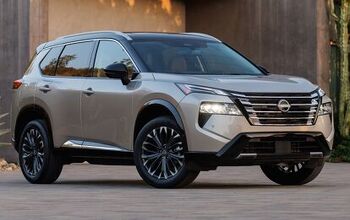
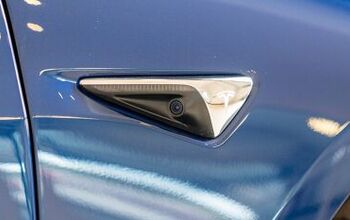
Comments
Join the conversation
someethingtosay. has a lot to say that makes sense. You can't blockbuster your way out of a whole with home runs when your team can't do the singles and doubles. I have said before when you don't have the wind at your back with a string of viable products already for sale, it is hard to go foreward. Instead of taking for instance a very good taurus that is just getting a little tired in the market place (vis avis newer competiors) and then refreshing it adding the features and styling to update the line and take it to a new level. However, if you don't have a very good taurus, and your last upgrade of the car in the late 90's was a failure, your starting point is far different. You now have to admit the entire car is not even rental fleet material and has to be scrapped. In fact you do dump the last years production on the rental fleets at a low price. Now instead of renters driving the newest freshest fords that they might want to own one day, they get a tired obsolete taurus from Hertz. No amount of advertising about the fusion, can overturn the thousands of dissapointments of people driving the old iron taurus. Also the fusion now has to start from ground zero with a customer base and be no more than even with all the other cars for sale in it's price range. To sum up, ford has lost a two decade lead in a family car that once enjoyed first place, and allowed the competition to leap frog them by two model changes by now.
Here is a good option to add a little spice to the various vehicle models: Take every car and truck being made and make them all be at least one second quicker in the 1/4 mile and continue to sell them for the same price! You want the easy way? Strip off 1,000+ lbs of dead weight for an easy one second reduction in 1/4 mile time... Attention auto manufactures: Do you need a little help getting max hp/tq from your engines? http://www.flowtechinduction.com/ http://www.totalengineairflow.com/ Call them up and say you need some help with a max hp/tq heads/cam/intake package. Take a vehicle and re cam it, mod the intake/head(s) for max flow, then start producing intakes/heads just like the modded ones and use the ideal cam. Why don't you pump up the cubic inches too? I currently commute in a gutless 22mpg Ranger and it sucks. No power at all to pass or over take. It can't even get out of it's own way. With that open diff, the back right tire lights up and the left one is just useless on take offs. I don't know if I will replace the muffler with a turbo, or sell this turkey off and get something more satisfying to commute in... http://www.ststurbo.com/ 1987-1993 5.0 Mustangs claimed to have 225hp/300tq at the flywheel. That equates to about 180-190hp at the back tires! Somehow, these cars still ran traction limited mid 14's. Today, with aftermarket heads/cam/intake on the stock short block, these cars are guaranteed to have 300+hp at the tires! Ford, why did you ever make such a terrible stock cylinder head((E7TE)!!? "The stock Ford Windsor head design is known for having very restrictive intake and exhaust ports as cast and need some major attention to increase quality of flow." "Seen in the diagram below, the stock intake port has some major faults," "The stock E7TE castings house some of the worst stock exhaust ports you might ever see. " "This sorry excuse for an exhaust port outlet is comparable in size to a postage stamp" http://www.armstrong.edu/ron/auto/e7.html